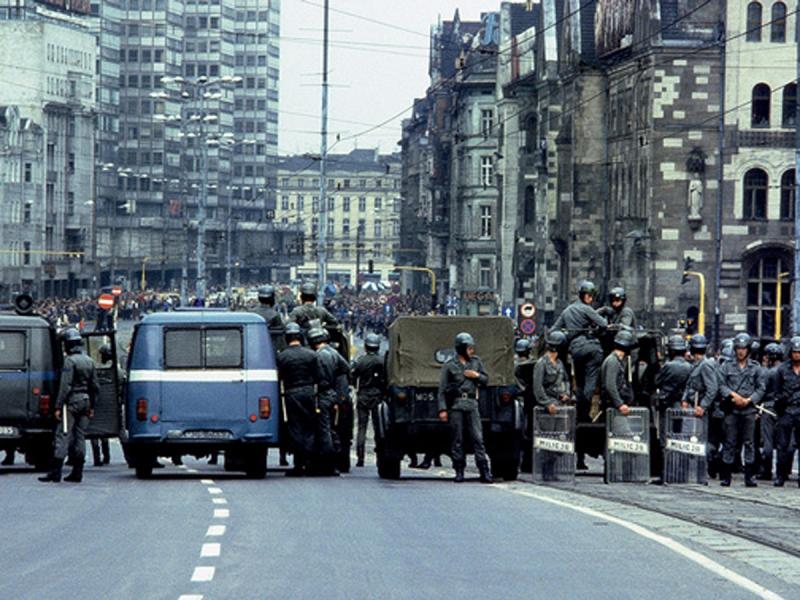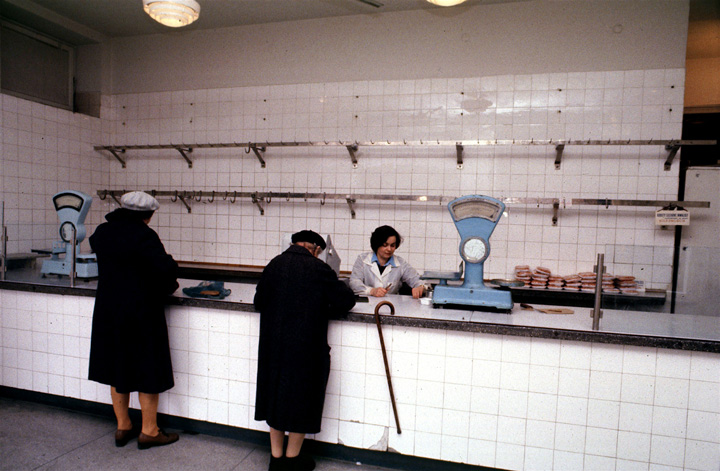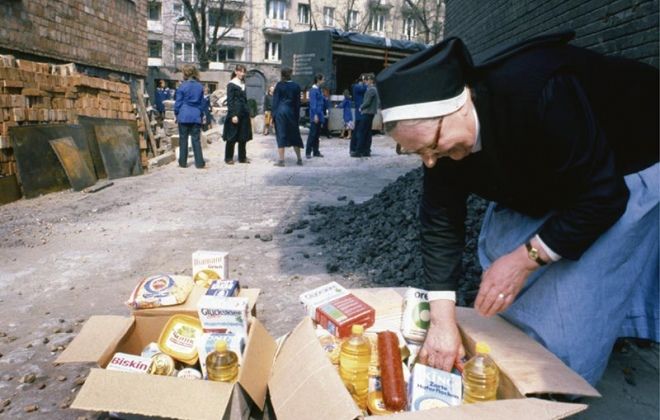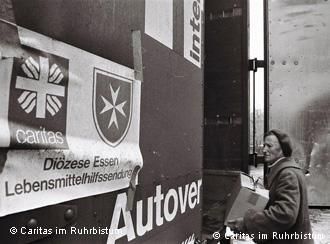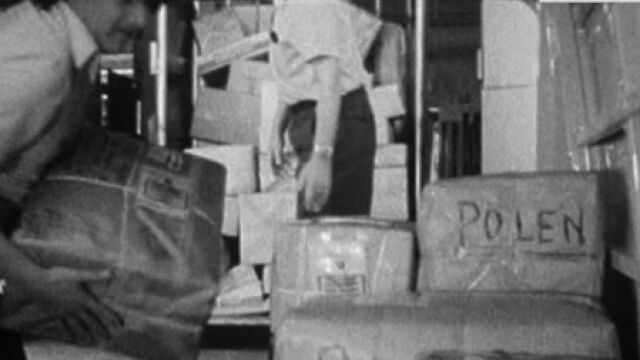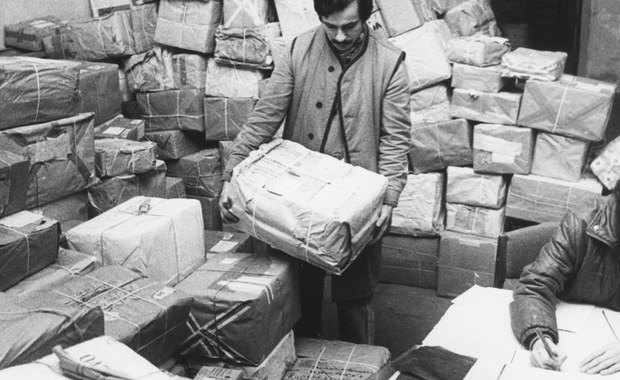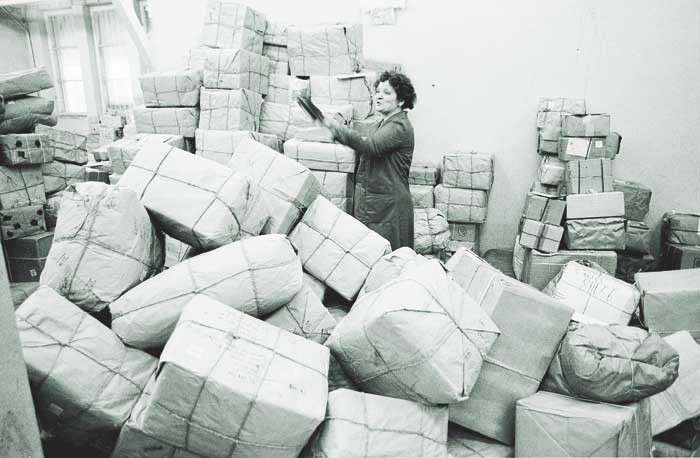|
|
Post by Bonobo on Feb 13, 2013 0:08:27 GMT 1
One of most famous Polish knights was a Polonised German:  en.wikipedia.org/wiki/Zyndram_of_Maszkowice en.wikipedia.org/wiki/Zyndram_of_Maszkowice
In 1409, Zyndram was called to arms by king Władysław II Jagiełło to take part in his offensive against the Teutons. During the famous Battle of Grunwald of 1410, Zyndram was the Grand Camp Leader of the Crown and commander of the Banner of Kraków, composed of elite troops and holding the banner of the whole army. According to Historiæ Polonicæ by Ioannes Longinus, it was the unit commanded by Zyndram that killed the Teutonic commander, Ulrich von Jungingen. For many years, it was also believed that he was commander of all Polish troops in the battle, but recent research proved that this was but a wrong translation of Longinus' chronicle. His part in the battle was also described by Henryk Sienkiewicz in his novel The Teutonic Knights.
|
|
|
|
Post by Bonobo on Jun 18, 2013 22:19:55 GMT 1
Another thing that comes to my mind: last Sunday we went to Krakow`s Old Town for a mass service. We went to St Barbara`s Church, next to St. Mary`s Cathedral which hosts a unique wooden Gothic altar by Vit Stoss, a German artist who worked in Krakow for a dozen or more years in 15 century:  en.wikipedia.org/wiki/Veit_Stoss en.wikipedia.org/wiki/Veit_Stoss
The altar at in Kraków was not completed until 1489, and was the largest triptych of its time and, like his other large works, required a large workshop including specialized painters and gilders.[3] Other important works from his period in Poland were the tomb of Casimir IV in Wawel Cathedral, the marble tomb of Zbigniew Oleśnicki in Gniezno, and the altar of Saint Stanislaus. The Polish court was more aware of Italian styles than Nuremberg patrons of that time, and some of his Polish work uses Renaissance classical ornament.[4]
During World War II, on the order of Obergruppenführer Hans Frank – the Governor-General of that region of occupied Poland – the dismantled Altar was shipped to the Third Reich around 1941. It was rediscovered in 1946 in Bavaria, hidden in the basement of the heavily bombed Nuremberg Castle.[5] The High Altar underwent major restoration work in Poland and was put back in its place at the Basilica only 10 years later.
See the panorama of the altar with minutest details: www.mariacki.com/foto/galeria-oltarz-panorama/index.html |
|
|
|
Post by Bonobo on Oct 2, 2015 21:53:46 GMT 1
Some Polish words are derived from German: ratusz, burmistrz. etc etc. Town hall, mayor, etc. Why? Many Polish medieval towns adopted the so called Magdeburg Law for their settlement, development and ruling. Magdeburg Rights (German: Magdeburger Recht) or Magdeburg Law were a set of German town laws regulating the degree of internal autonomy within cities and villages granted by a local ruler. Modelled and named after the laws of the German city of Magdeburg and developed during many centuries of the Holy Roman Empire, it was possibly the most important set of Germanic mediæval city laws.
Krakow is a perfect example: Cities with German city rights often had similar layouts. Somewhat isolated was part of the city containing the residence and castle of the regional ruler, along with a cathedral. The city proper was centered around a market square which featured a church for wealthy merchants and artisans. Streets led out from the market in a planned grid system or concentric circles in which less wealthy citizens lived; riverfront sections of a city were designed with semicircles. The perimeter of the city was guarded by defensive walls, gates, and moats. 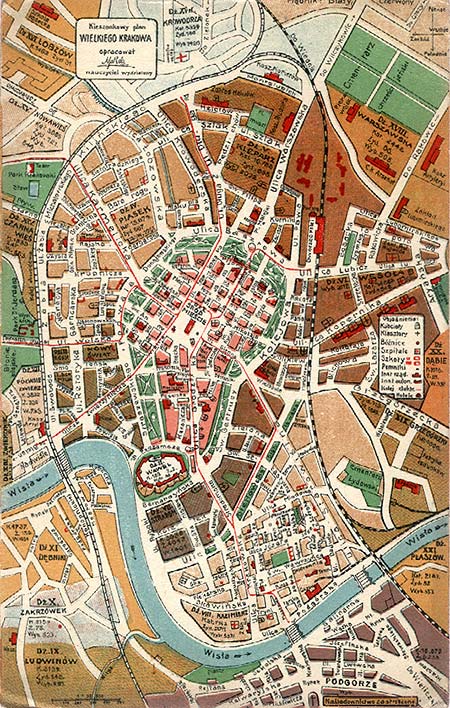   worldlibrary.org/articles/german_town_law en.wikipedia.org/wiki/German_town_law Together with German Town Law, German colonists/immigrants came and settled in Poland, welcomed by local rulers. Also, in Krakow. Concurrent with the change in the structure of the Polish State and sovereignty was an economic and social impoverishment of the country. Harassed by civil strife and foreign invasions, like the Mongol invasion in 1241, the small principalities became enfeebled and depopulated. The incomes of the Princes began to decrease materially. This led them to take steps toward encouraging immigration from foreign countries. A great number of German peasants, who, during the interregnum following the death of Frederick II, suffered great oppression at the hands of their lords, were induced to settle in Poland under very favorable conditions.en.wikipedia.org/wiki/Ostsiedlung#Poland |
|
|
|
Post by Bonobo on Dec 15, 2018 20:34:48 GMT 1
|
|













